O’Srius System - Post 3 (Stunning World)







O’Srius System - Post 3 (Stunning World)
Here we come across the smaller component of a double planetary system, being the 9 and 10th planets from the star. This planet is by far the most visually stunning world I have come across in the 6 months of playing space engine.
The world is roughly the same size as Earth, but only 0.58 times the mass. The surface is covered in liquid nitrogen oceans and nitrogen ice-caps. The planet has a surface temperature of 68 K or -337 °F. The atmosphere is composed of nitrogen and argon with a surface pressure of 0.095 atmospheres. The surface has a nitrogen cycle, much the same as Earth has a water cycle.
High Resolution Pics
Picture 1 - Crescent
Picture 2 - Gibbous
Picture 3 -
Picture 4 - River Channels
Picture 5 - Varied terrain
Picture 6 - Polar Cap
Picture 7 - Nitrogen Shoreline
More Posts from Sharkspaceengine and Others




Pictures of the day - February 10, 2019 (Late post).
Montage of lunar skies.

Picture of the Day - February 2, 2019 - (Very Late Post)
The core of a galaxy.

Picture of the day - February 3, 2019 - (Very late post)
Stormy atmosphere of a gas giant.





Pictures of the day 2 - November 24, 2019
I have to admit, this planet is probably to closest reminder to me of Christmas. This purple-colored Earth with violet seas and a deep purple atmosphere is quite unique. Whats even more fascinating about the planet is its brilliant green sunsets and sunrises.
Space Engine System ID: RS 5581-42-1-2-487 6 (Unedited)
High Resolution Pics
Purple Earth
Lone Moon
Kind of Christmassy
Weird Atmosphere
Green Sunset

The shadow of a moon's eclipse is visible across this gas giant’s rings.






Pictures of the day - November 26, 2018
A system of 6 planet’s orbiting a rare dim carbon star that has swelled into a red giant. All of the planet’s have been roasted by the star. The star has a very low surface temperature; therefore, all of the planets have a red-tint due to the lack of blue colored light.
The outer-most planets form a double planet system which consist of a Mars-like world orbited by an ocean world. The ocean world once being a frozen ice-covered world melted the by expanded sun.
Space Engine System ID: RS 5581-42-4-1201-1122
High Resolution Pictures:
Inner-most world
Massive giant covering the sky
Roasted Ice-giant and its moons
Another burnt world
Outer-most Double Planets
Hurricane

Incredible “EPIC” View Of The Moon Passing In Front Of The Earth
This is real, folks. It is not a computer-generated animation. NASA’s DSCOVR (Deep Space Climate Observatory) satellite took these incredible shots on July 16 using its Earth-facing EPIC camera from its vantage point between the Earth and the Sun, a million miles away!
DSCOVR sits at what’s known as the L1 Lagrangian point, where the gravitational pull of the Earth and Sun balance out in such a way that satellites positioned there can remain in stable orbit while using minimal energy:

Image: NASA/NOAA
This view of the far side of the Moon reminds us that it is anything but dark. The Moon is tidally locked, meaning that we see the same face all the time, but the sun regularly shines on the side that we don’t see (we’re just seeing a new or crescent moon when that happens). The far side also lacks the dark plains, or maria, that texture the Earth-facing side, made of basalt laid down by ancient lunar lava flows, reminding us that our lunar satellite has a complex geologic history:

Picture of the Day 2 - January 3, 2019
A heavily cratered ice-world. This one is to make up for the missed picture of the day yesterday.
Space Engine System ID: RS 5613-489-8-16684327-414 5 to visit the planet in Space Engine

Picture of the Day - January 26, 2019
Barren and battered worlds.
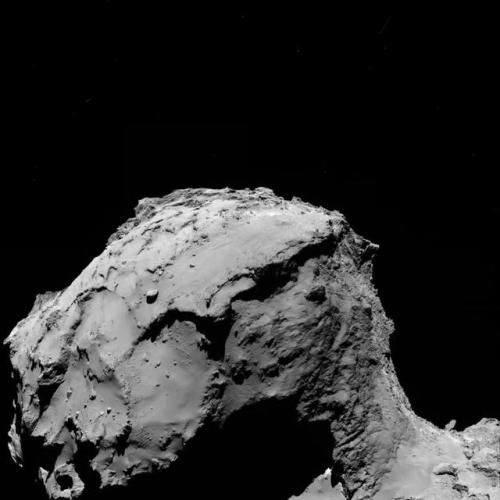
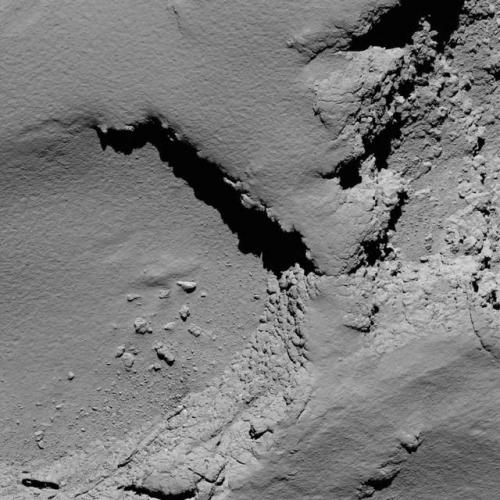
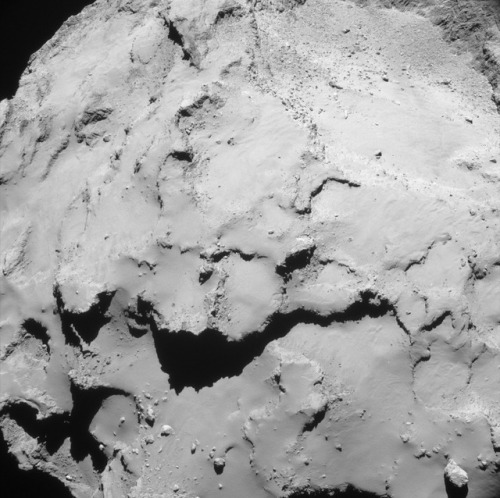
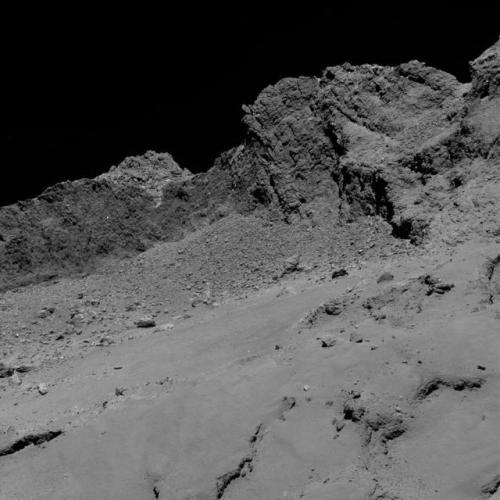
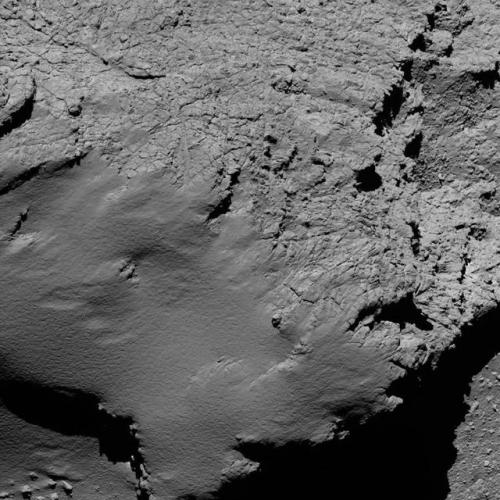
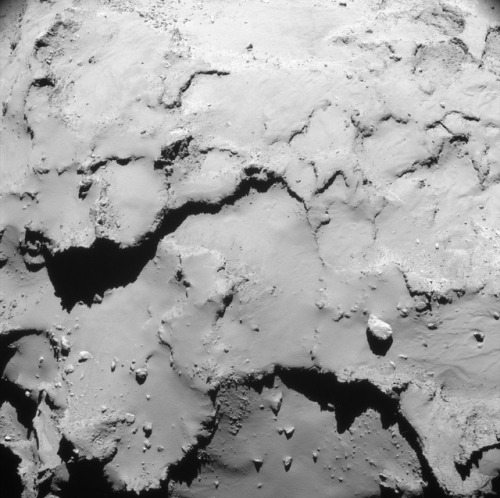
September 30, 2016: Views of Comet 67P/Churyumov-Gerasimenko captured by the Rosetta probe during the spacecraft’s final descent.
(ESA)
-
 sharkspaceengine reblogged this · 6 years ago
sharkspaceengine reblogged this · 6 years ago
My Space Engine Adventures, also any space related topic or news. www.spaceengine.org to download space engine. The game is free by the way. Please feel free to ask me anything, provide suggestions on systems to visit or post any space related topic.Check out my other blog https://bunsandsharks.tumblr.com for rabbit and shark blog.
294 posts